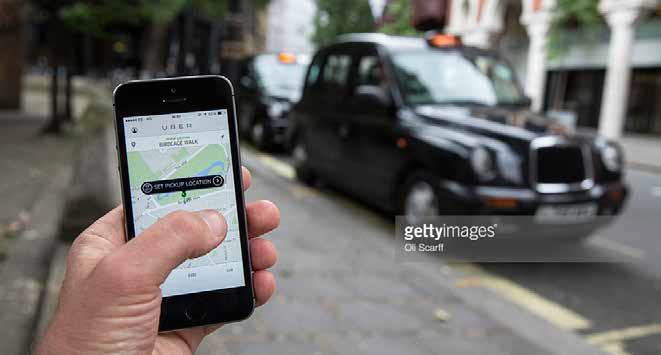Pricing pioneers
You go into a bar and have a pint and call it a day there. The barman charges you for 2.4 pints because “that is the average amount people drink in a session in this bar – and that’s how we charge, so everyone pays the same”.
It sounds daft but many pricing mechanisms in the marketplace work like that. Water companies charge you a rate that’s the same as for next door – even though they may have two kids, a lodger and a thirsty lawn, where you just have a cat and a patio.
The BBC takes the concept to another level, charging a blanket rate for the mere possession of the technology to receive its services. It was interesting to see Alan Rusbridger refer to the BBC’s “business model” in a recent New Statesman piece defending the broadcaster. Some business model! Put people in prison if they don’t buy the product, and make them pay full price, in advance, no matter how little they use. Try that on your brand.
The absurdity of blanket charges, and our long-standing acceptance of them, illustrate why some of the most welcome innovation in recent times has come in pricing. Ryanair may be criticised for its bag fines, and Uber for its surge fares, but these pricing pioneers have given consumers more flexibility and marketers a glimpse of new possibilities for differentiation.
At best, they also make a societal contribution because, as well as fostering a kind of contemporary fairness, price innovation can prompt unexpected and socially beneficial consumer behaviours.
Recently, Southern Water, which serves the most water-stressed region in the country, dumped the traditional rated bands to pioneer universal metering, where people pay only for the water they use. Here’s what it saw: domestic water usage dropped by 15%, as people became more watchful. And something else – a significant drop in energy use, because so much water in the modern home gets heated.
With the government needing to drastically reduce domestic energy consumption to meet its climate-change obligations, lobbying or legislating for national water metering could provide a counterintuitive extra “nudge” to get householders onside.
 Price innovation can also give brands a more nuanced insight into their consumers’ psychology, because price is a language that articulates what words sometimes don’t.
Price innovation can also give brands a more nuanced insight into their consumers’ psychology, because price is a language that articulates what words sometimes don’t.
Recently, Uber noticed that people are far less resistant to its surge prices if they are 2.1 or 2.2 times normal, rather than exactly 2. Keith Chen, Uber’s head of economic research, postulates that inexact multipliers feel like they come from a smart algorithm and reflect fairness, while rounded numbers seem like “somebody made them up”. If so, this is fascinating feedback.
Pricing is the prophet of change, the biggest factor by far in category disruption. It is a conduit of subtle but honest communication. It can lead to social good. And yet it is an underused tool in the modern marketer’s toolkit. In my experience, marketers underestimate the power of pricing to differentiate their brands when sitting down for their innovation workshops. It is too often thought of as a given.
So if the flip chart titled “new killer feature” is running dry, why not tackle price innovation in a structured way, irrespective of the market you happen to be in? Ask yourselves three questions:
1. Can we drastically reduce prices from category norms – something in the region of 40-50%? (Accor Hotels is a good example of a brand that did.)
2. Could we adopt a flexible, responsive pricing model? (The airlines, eBay and Uber lead on this.)
3. Could we offer payment-by-results terms even if – especially if – it has never been done in our category? (It’s a norm in business-to-business – why not in, say, beauty or healthcare?)
These are not easy questions to tackle, but the rewards for going at them with zeal can be tremendous: a new way to come to market, a more distinct “value curve” (see panel) or simply new ideas in efficiency that result from brainstorming “impossible” price reductions.
And when the session is over, and you have pricing innovations worth progressing, you can always repair to the bar and reward yourselves with a pint or 2.4.
The value curve is part of the value innovation system devised by the Insead professors W Chan Kim and Renée Mauborgne. It is a way to visualise your brand’s offer across a range of factors compared with the typical industry profile.
At the outset, it can be a graphic and humbling reminder of lack of differentiation since, in most industries, value curve profiles for all competing brands tend to be very similar.
The aim of value innovation is a curve completely out of kilter with the norm for the category. Accor Hotels was the example chosen by Kim and Mauborgne. Its Formule 1 concept came to dominate the budget hotel industry in France by drastically reducing room size, service and lobby space in order to provide what a broad mass of customers wanted more: a good night’s sleep at a low price.
